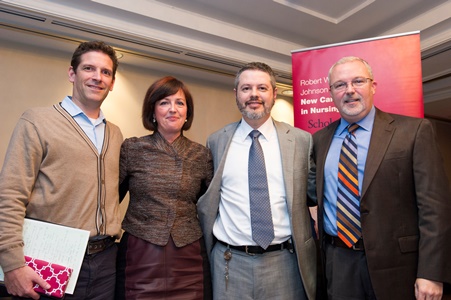Shifting Organizational Culture: Challenges and Promising Practices Roundtable Conversations
Summit Year:
2013
Presented By:
ANN MARIE MAURO, PHD, RN, CNL, CNE, PAUL GORSKI, PHD, TALMADGE GUY, EDD, MICHAEL RELF, PHD, RN, AACRN, ACNS-BC, CNE, FAAN, MARK BRIMHALL-VARGAS , PHD, MPP 
Describe challenges and best practices in creating diverse and inclusive learning
environments in universities, schools of nursing, and the classroom setting.
Session Objective:
1. Describe challenges and best practices in creating diverse and inclusive learning
environments in universities, schools of nursing and the classroom setting.
2. Discuss with participants issues and concerns regarding faculty role in creating
inclusive learning environments.
3. Discuss exemplars of successful culture change
Creating Inclusive Learning Environment
1. How would you describe effective approaches to creating inclusive learning
environments?
2. What are benefits and challenges in establishing learning environments with a
diverse population of learners?
3. Describe challenges that may be experienced by minority students in a majority
learning environment?
4. How do the unique characteristics of accelerated degree students influence their
experiences in these settings?
In order to succeed in achieving organizational culture changes/shifts:
1. What indicators would indicate a shift or change in the culture?
2. When you are working in isolation to promote a more diverse culture, how might
one person sustain him or herself to prevent burnout?
3. What are the essential steps an organization should consider when it wishes to
create a more inclusive learning environment for it’s’ students?
4. What recommendation would you offer for the NCIN program to support its’
grantees and program liaisons to influence the culture organizations where they
work?
Promising Practices
1. What do you do without the support of senior administrative staff?
2. Describe three actions that nursing faculty can take to influence the culture of
their organization?
3. What should be the future role for faculty in creating inclusive learning
environments that embrace diversity?
4. How have you overcome barriers or facilitated buy-in from faculty or groups who
have not joined the movement to creating more inclusive learning environments
or embraced diversity?
*Recordings*
Part 1
Part 2
Part 3
Part 4